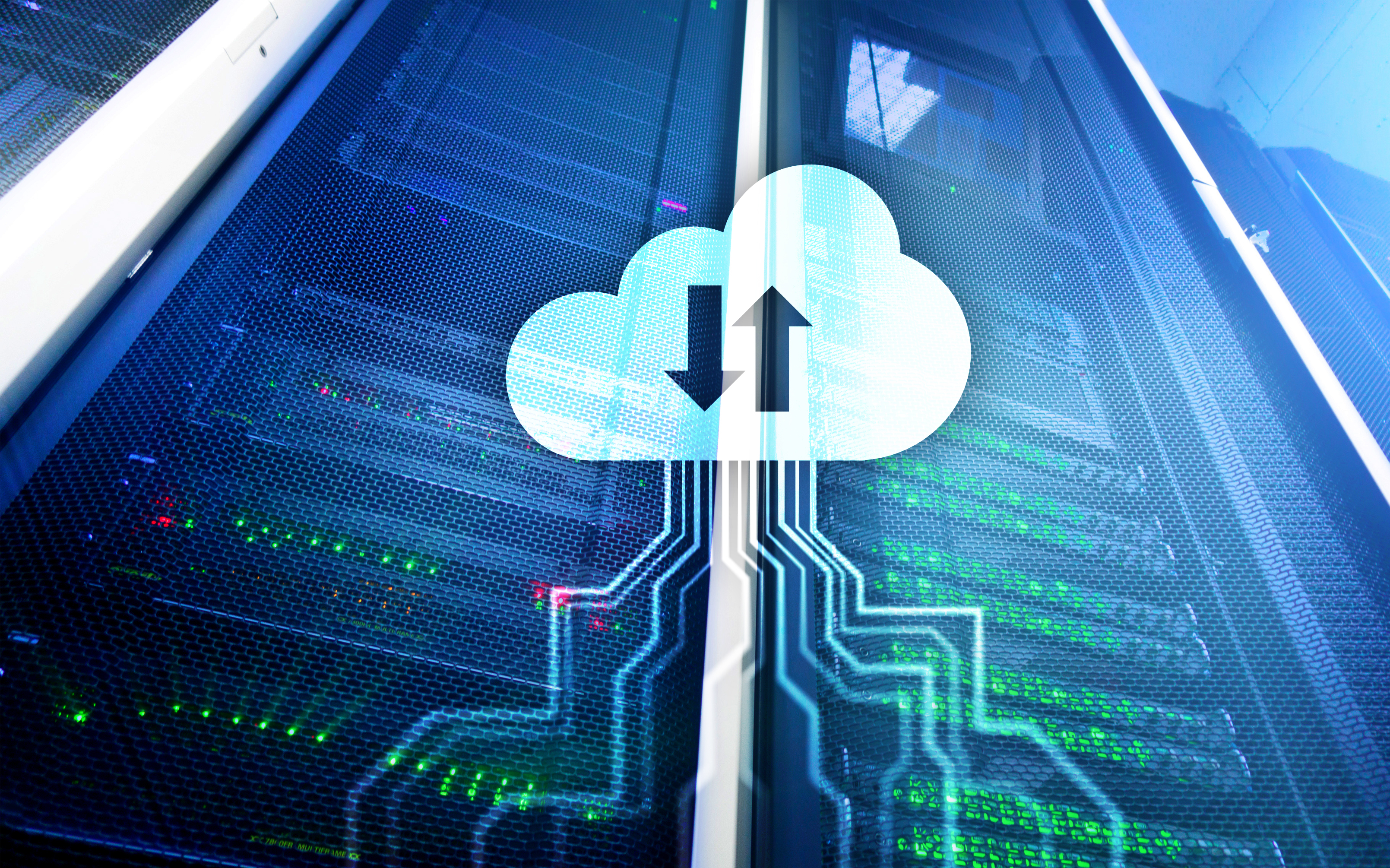Is VMware vSAN a Hyperconverged Infrastructure Solution?
If you are considering the idea of a Hyperconverged Infrastructure Solution for your enterprise, consider this, VMware debuted as a leader in Gartner’s Magic Quadrant for HCI in 2018. It’s solution is also the fastest growing HCI solution in the world today. This should all come as no surprise for those familiar with the company behind the industry’s leading virtualization platform. VMware has paired the hypervisor that transformed data centers across the globe with their software defined storage solution, vSAN. Combined with their unified management solution, vCenter, VMware has created an HCI solution that accounted for 33% of HCI market revenue in the first half of 2017, making it the largest software vendor in the market.












